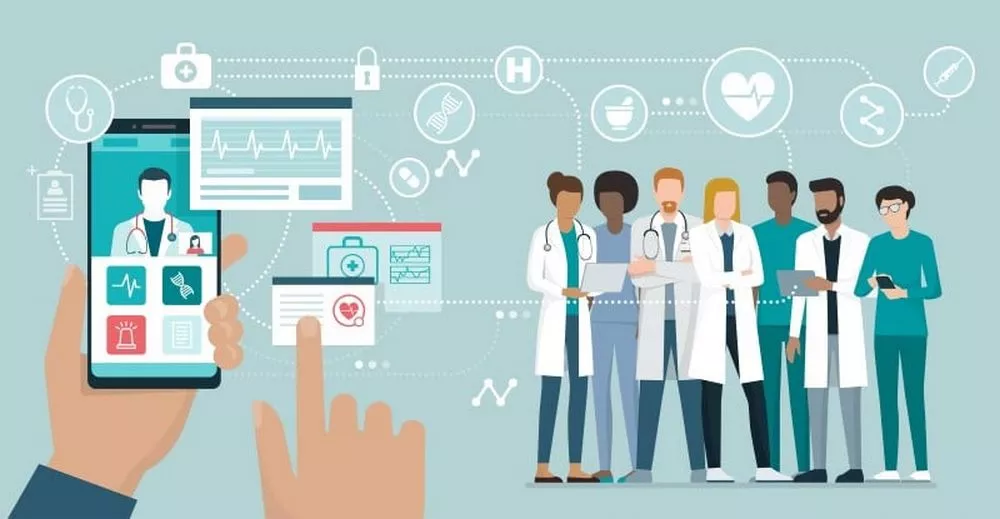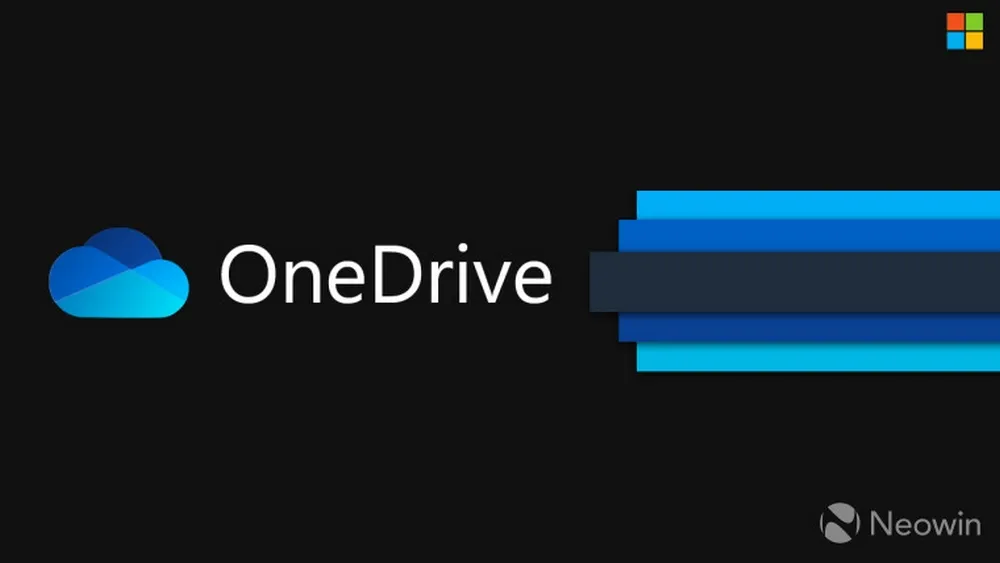They range from the development and implementation of effective messages, to the design of effective channels through which those messages can be delivered. But at the heart of all these challenges is one central question: how can we ensure that our messages are heard and understood by our target audience?
Find out how social media and healthcare marketing connect with customers, generate awareness, build brand awareness, and increase sales. WordViewEditing provides content marketing insights to aspiring bloggers, social media marketers and healthcare marketers.
There are a number of factors that can influence the effectiveness of health communication. The first is the message itself. If the message is not clear, or is too complex, it is likely to be misunderstood. The second is the channel through which the message is delivered. If the message is delivered through a channel that is not appropriate for the audience, it is also likely to be misunderstood.
The third factor is the context in which the message is received. If the message is received in a context that is not conducive to understanding, it is also likely to be misunderstood.
Finally, the fourth factor is the capacity of the audience to process the message. If the audience does not have the capacity to understand the message, it is likely to be misunderstood.
All of these factors need to be considered when designing health communication strategies. The following sections will discuss each of these factors in turn.
The message
The first factor to consider when designing health communication strategies is the message itself. The message must be clear and concise, and must be designed to meet the needs of the target audience.
When designing the message, it is important to consider the following:
What are the key points that need to be communicated?
What is the best way to communicate those points?
What are the potential barriers to understanding the message?
The message must be designed to meet the needs of the target audience. It should be clear and concise, and should use language that is appropriate for the audience.
The message should also be designed to address the potential barriers to understanding. For example, if the message is to be delivered through a channel that is not appropriate for the audience, it is important to consider how to make the message accessible to the audience.
The message should also be tested with the target audience to ensure that it is understood.
The channel
The second factor to consider when designing health communication strategies is the channel through which the message is delivered. The channel must be appropriate for the target audience, and must be able to reach the audience.
When selecting the channel, it is important to consider the following:
What are the characteristics of the target audience?
What are the best channels for reaching the target audience?
What are the potential barriers to using the channel?
The channel must be appropriate for the target audience. It should be able to reach the audience, and should be able to deliver the message in a way that is accessible to the audience.
The channel should also be tested with the target audience to ensure that it is effective.
The third factor to consider when designing health communication strategies is the context in which the message is received. The context must be conducive to understanding the message.
When considering the context, it is important to consider the following:
What is the social and cultural context in which the message will be received?
What are the potential barriers to understanding the message in that context?
The context must be conducive to understanding the message. It should be free from distractions, and should allow the audience to focus on the message.
The context should also be tested with the target audience to ensure that it is effective.
The capacity of the audience
The fourth factor to consider when designing health communication strategies is the capacity of the audience to process the message. The audience must have the capacity to understand the message.
When considering the capacity of the audience, it is important to consider the following:
What is the literacy level of the target audience?
What is the level of health literacy of the target audience?
What are the potential barriers to understanding the message?
The audience must have the capacity to understand the message. It should be able to read and comprehend the message, and should be able to apply the message to its own life.
The audience should also be tested with the message to ensure that it is understood.
Testing the message
Once the message has been designed, it is important to test it with the target audience. This will help to ensure that the message is understood, and that the audience is able to apply it to its own life


